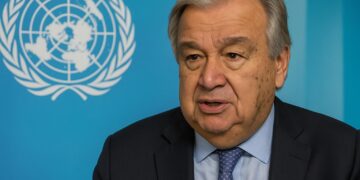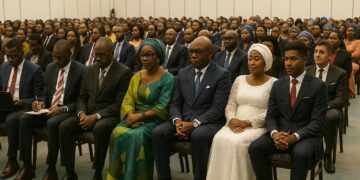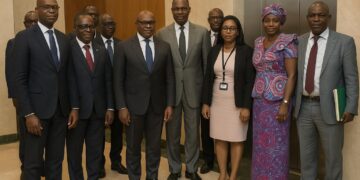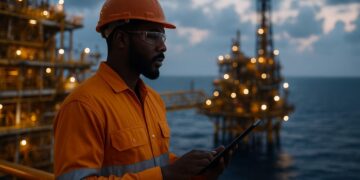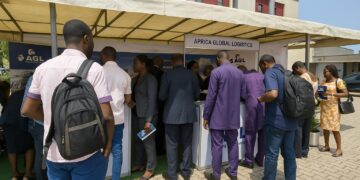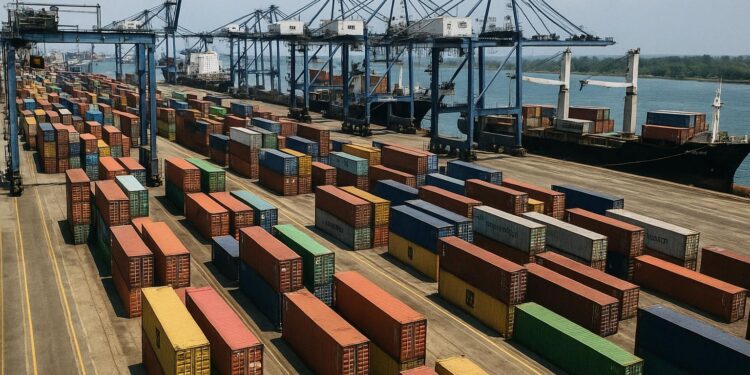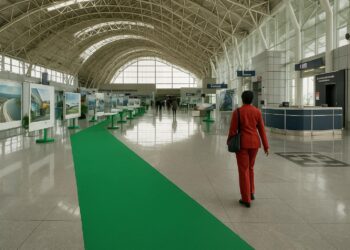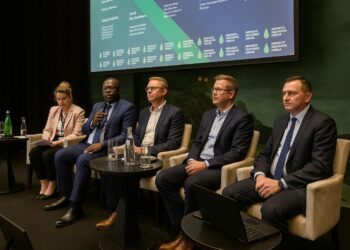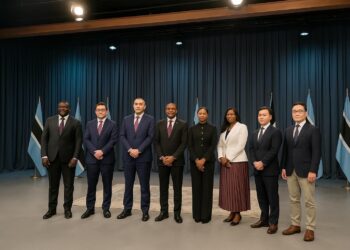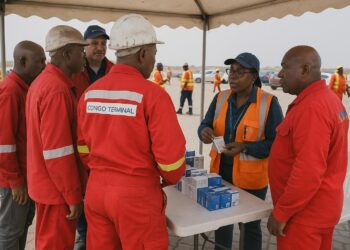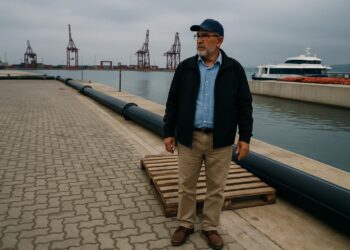Abu Dhabi builds strategic African port network
From Lagos to Lamu, the scramble to secure African maritime gateways is intensifying. Abu Dhabi is now steering the contest through AD Ports Group, the emirate’s integrated logistics champion. Backed by sovereign wealth funds, the firm is redeploying hydrocarbon surpluses into bricks, cranes and digital port platforms.
After years in the shadow of Dubai’s DP World, Abu Dhabi’s approach is deliberately selective. Since 2022 AD Ports has disclosed projects in four sub-regions, targeting junctions where seaborne trade intersects with mineral corridors and consumer markets. The aim is influence through operational performance, not mere ribbon-cutting ceremonies.
Pointe-Noire anchors Central African trade
In Central Africa, the thirty-year concession signed in 2023 with Congo-Brazzaville positions Pointe-Noire as AD Ports’ flagship. The USD 500 million plan upgrades the New East Mole multipurpose terminal and aligns with President Denis Sassou Nguesso’s objective to diversify beyond oil by leveraging the Atlantic seaboard.
CMA CGM joined the venture, bringing liner volumes and technological know-how that should lift annual capacity to 1.5 million TEUs. Congolese officials forecast 20 000 direct and indirect jobs once expansion peaks and expect the port to feed mineral exports from neighbouring Gabon and the Central African Republic.
Dar es Salaam gateway boosts Eastern corridor
Eastward, AD Ports secured 95 percent of Tanzania International Container Terminal Services in 2024. The Dar es Salaam Terminal 2 handles more than four-fifths of the country’s boxes and, via the Central Corridor railway, channels goods to Burundi, Zambia and the Democratic Republic of Congo.
The USD 250 million first-phase upgrade, co-financed with India’s Adani Group, will deepen berths to 15 metres, allowing Post-Panamax vessels. Tanzanian authorities underline the regional knock-on effect: faster clearance could trim logistics costs by up to 30 percent for landlocked neighbours, boosting AfCFTA implementation.
Suez projects cement north-south link
North Africa remains essential to Abu Dhabi’s Red Sea-Mediterranean strategy. A 50-year framework with the Suez Canal Economic Zone Authority grants AD Ports joint rights to develop terminals at Al Sokhna, Safaga and Sharm El-Sheikh, complementing Egypt’s own USD 25 billion port modernisation drive.
Egyptian planners argue that private Gulf capital accelerates cargo-handling automation and green-fuel bunkering, helping the canal preserve its 12 percent share of global trade flows. For AD Ports, the deal secures a platform at the maritime choke point that links its Indian Ocean assets with European consumers.
Luanda hub extends Atlantic reach
On the Atlantic front, the August 2025 memorandum with Angola’s government foresees USD 250 million for Luanda’s container facilities, potentially rising to USD 380 million. The port already handles three-quarters of Angolan freight and has capacity to serve as a consolidation node for the wider Gulf of Guinea.
AD Ports intends to introduce a single-window customs platform modelled on Abu Dhabi’s Maqta Gateway. Angolan finance minister Vera Daves de Sousa has said the digital layer could cut dwell times from 13 days to under five, freeing working capital for domestic importers.
Global powers jostle along African quays
The Emirati advance unfolds amid crowded quays. China Merchants and COSCO collectively hold stakes in more than 78 African ports, and Beijing’s exports to the continent topped USD 190 billion in 2023. India, Japan and Singapore are also scaling up, each framing investments as corridor-building rather than aid.
Abu Dhabi’s niche is service integration: shipping lines, industrial zones, cold-chain warehousing and, increasingly, carbon-neutral bunkering. Analysts at Drewry observe that such bundling lets smaller economies bypass fragmented supply chains and plug directly into transcontinental routes, making AD Ports an attractive partner despite its later arrival.
Integration benefits for African economies
For African governments, ports are more than cranes; they are hinges that could lift intra-African trade from the current 15 percent share of total commerce to the 25 percent target embedded in AfCFTA. World Bank studies suggest every 1-day reduction in dwell time raises trade by 2 percent.
Congo-Brazzaville, Tanzania, Egypt and Angola have therefore written local content clauses into concession agreements. Training institutes, apprenticeship quotas and equipment-maintenance centres are envisaged to ensure skills transfer. Abu Dhabi’s record at Khalifa Port, where Emiratis now form 37 percent of crane operators, is often cited as reference.
Investor outlook and regulatory signals
Investors tracking the sector should watch sovereign-credit trends, as port revenues frequently backstop Eurobond repayments. Congo-Brazzaville’s Fitch upgrade to B- in 2024 partly reflected anticipated cash flows from Pointe-Noire. Similar dynamics may surface once Dar es Salaam and Luanda concession fees feed treasury accounts.
Regulators, meanwhile, must calibrate tariff oversight to balance profitability with affordability. Abu Dhabi’s concession model indexes charges to productivity benchmarks, a structure welcomed by shipping lines as a hedge against arbitrary hikes. If replicated, the template could set a new standard across the continent’s evolving blue economy.
Decarbonisation and digital leap forward
Decarbonisation is moving from marketing slogan to tender requirement. AD Ports has proposed shore-power connections, hybrid tugboats and photovoltaic rooftops at each African asset. The African Development Bank, exploring green-bond co-financing, notes that integrating renewable energy could slash terminal emissions by 40 percent and unlock carbon-credit revenues for host states.




